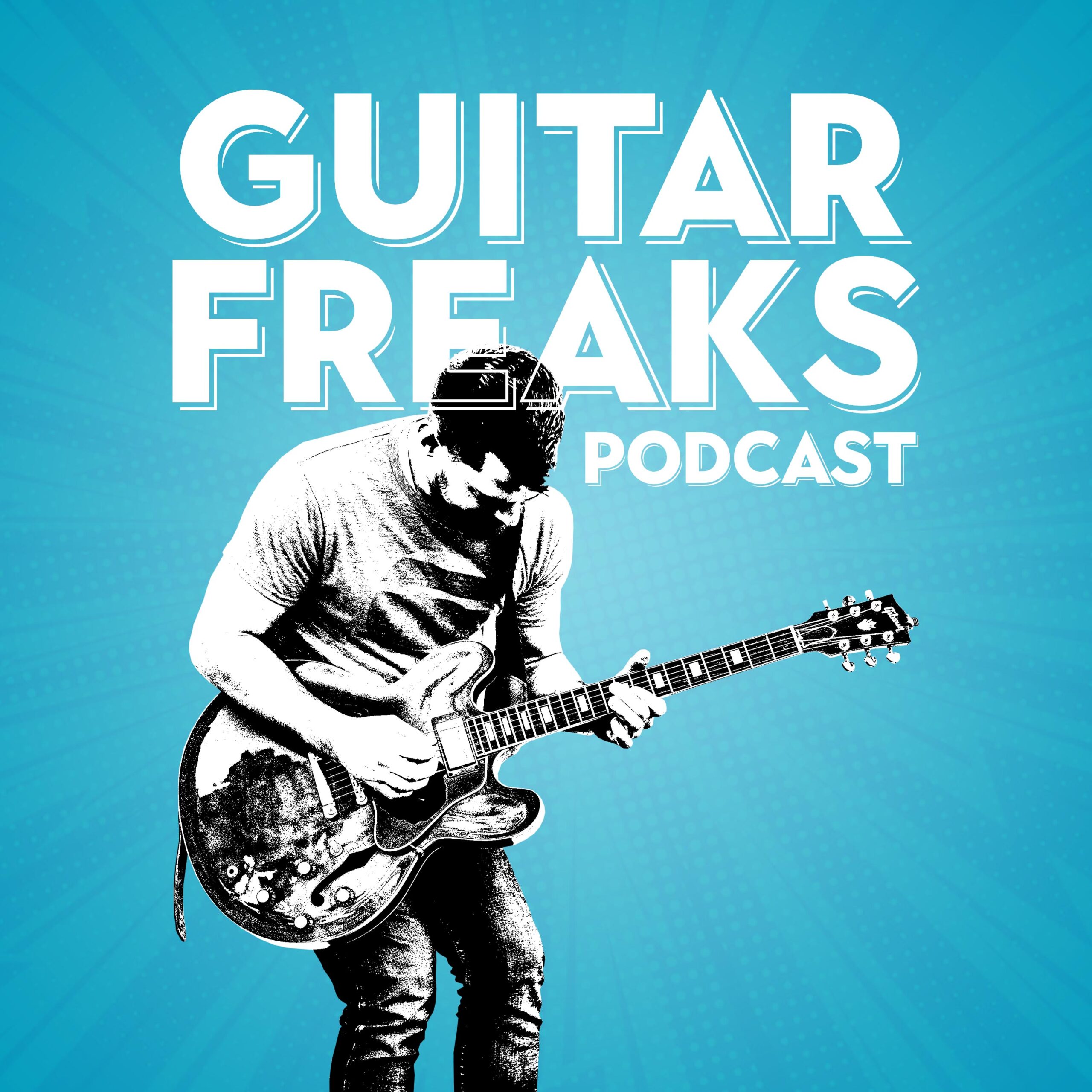Practice guitar is both an art and a science. It’s not just about the hours you put in but how you spend them. Whether you’re aiming to shred like a pro or just strum a few tunes around the campfire, the right practice routines can change everything. I’ve worked with students who struggled to progress for years—until they found the practice approach that clicked for them. These routines are built on real-world success stories and years of trial and error, so let’s dig in.
1. The 15-Minute Warm-Up Circuit
Starting with a focused warm-up sets the tone for your session. This isn’t about mindless scales or exercises; it’s about precision and mindfulness.
- What to Do: Break your warm-up into three five-minute segments: chromatic exercises, spider walk drills, and alternate picking runs.
- Why It Works: These exercises not only loosen up your hands but also sharpen coordination.
Student Story: Alex, a beginner who felt stuck on basic chords, started doing this warm-up before every practice. Within a month, her transitions were smoother, and she could tackle more complex progressions without hesitation.

Download the ebook “SoloCraft”!
SoloCraft is the ultimate guide to mastering guitar soloing, designed for players of all levels. Packed with step-by-step lessons, pro-level techniques, and real-world examples, SoloCraft teaches you how to navigate the fretboard, craft expressive solos, and unlock your full potential as a lead guitarist. Whether you’re improvising, building speed, or adding emotion to your playing, SoloCraft gives you the tools to solo like a pro.
Download Now
2. Micro-Song Challenges
Practicing full songs can feel overwhelming, but breaking them into bite-sized pieces works wonders.
- What to Do: Choose a challenging song and work on one section—just four to eight bars—for 10 minutes at a time. Slow it down, focus on accuracy, and then gradually increase speed.
- Why It Works: Mastering smaller sections boosts confidence and helps internalize complex passages.
This routine mimics how professional musicians prepare for gigs. They don’t play the whole song 50 times; they dissect it, perfecting tricky parts before stitching them together.
3. Loop & Layer
If you’ve got a looper pedal, this routine will transform how you think about practice guitar.
- What to Do: Lay down a simple chord progression. Then, practice improvising over it. Switch roles—sometimes strumming, sometimes soloing.
- Why It Works: Looping simulates playing with others, forcing you to stay in time and react musically.
One of my students, Jamie, used this method to tackle improvisation. They were initially scared of “jamming,” but looping gave them a low-pressure way to explore their ideas. Fast forward six months, and Jamie now leads open mic nights.
4. Rhythm First, Notes Later
Many guitarists focus on hitting the right notes but ignore rhythm. This routine flips that script.
- What to Do: Practice strumming patterns without worrying about chords. Use muted strings or a single chord to focus entirely on rhythm. Then, add chords back in once you’re solid.
- Why It Works: Rhythm is the heartbeat of music. A solid groove can make even the simplest chord progression come alive.
5. Play the “One String Solo” Game
This creative routine is great for unlocking the fretboard.
- What to Do: Limit yourself to soloing on just one string. You’ll be forced to think melodically and use slides, bends, and vibrato to create interesting sounds.
- Why It Works: Constraints breed creativity. Plus, it’s a fantastic way to learn the fretboard horizontally, not just vertically.
6. Reverse Engineering
Instead of learning songs note-for-note, work backwards by identifying their key elements.
- What to Do: Listen to a favorite song and pick out the rhythm, chord progression, or lead line. Try to recreate it without looking up the tab.
- Why It Works: This develops your ear and forces you to deeply understand the music, not just mimic it.
Quick Anecdote: I had a student named Ben who loved The Beatles. By reverse engineering “Blackbird,” he not only nailed the song but also unlocked new fingerpicking techniques that showed up in his own compositions.
7. Play Blindfolded (Seriously)
This isn’t just a gimmick—it’s a powerful way to improve muscle memory.
- What to Do: Memorize a short piece, then practice it with your eyes closed. Once you’re comfortable, add complexity by playing in the dark or blindfolded.
- Why It Works: It forces your hands to rely on touch, not sight, deepening your connection with the instrument.
8. Time Travel Practice
This method keeps your sessions interesting and efficient.
- What to Do: Divide your practice into “past,” “present,” and “future” segments.
- Past: Review material you’ve already learned to solidify it.
- Present: Focus on a challenging piece or skill you’re currently learning.
- Future: Spend a few minutes exploring something totally new, like a different genre or tuning.
- Why It Works: This structure helps you balance progress with variety, preventing burnout.
Bonus: Stories from the Practice Room
Every guitarist has a unique journey, but one common theme is the power of consistent, creative practice. Take Emma, who struggled to practice guitar while juggling a demanding job. She started dedicating just 20 minutes a day to micro-song challenges and the one-string solo game. A year later, Emma’s soloing with confidence and even joined a local band.
Final Thoughts
Practicing guitar doesn’t have to feel like a chore. By experimenting with these routines, you can find a rhythm that works for you—and keeps you inspired.
For a comprehensive guide on structuring your practice sessions, check out our article on “Guitar Practice Routines with Effective Prompts.” This post delves into key areas such as warm-ups, chord and scale drills, technique development, ear training, and improvisation. It offers actionable prompts and routines to help you grow as a guitarist.
Want more tips and personalized advice? Join the Guitar Freaks Hangout on Discord! It’s a supportive space where guitarists of all levels share ideas, wins, and struggles. Let’s practice, grow, and jam together!

Download the ebook “SoloCraft”!
SoloCraft is the ultimate guide to mastering guitar soloing, designed for players of all levels. Packed with step-by-step lessons, pro-level techniques, and real-world examples, SoloCraft teaches you how to navigate the fretboard, craft expressive solos, and unlock your full potential as a lead guitarist. Whether you’re improvising, building speed, or adding emotion to your playing, SoloCraft gives you the tools to solo like a pro.
Download Now










